Wood’s Cycad Plant – The Loneliest Plant in the World
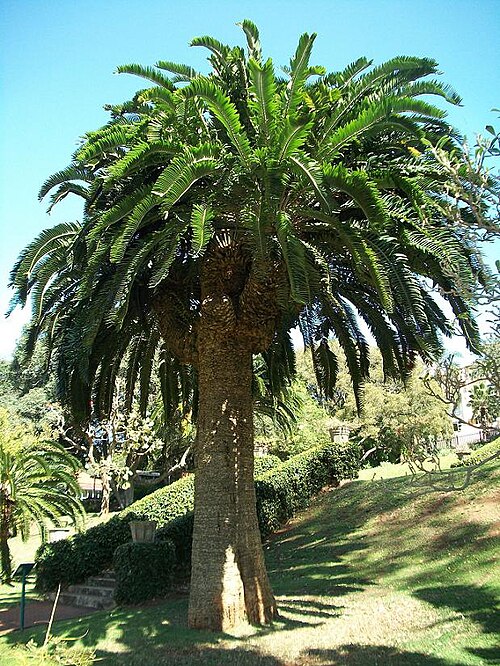
Deep in the heart of South Africa, hidden among the subtropical thickets and shaded rocky slopes, lives one of the world’s rarest—and loneliest—plants: Wood’s Cycad plant (Encephalartos woodii). With a backstory that reads like botanical heartbreak, this ancient plant is more than just a marvel of evolutionary history, it’s a living reminder of the fragility of biodiversity.
What Is Wood’s Cycad?
Wood’s Cycad is a species of cycad, a primitive group of seed plants that have been around since the Age of Dinosaurs. Often mistaken for palms or ferns, cycads are actually gymnosperms, relatives of pines and ginkgos. But unlike their more common cousins, cycads are slow-growing, long-lived, and increasingly rare.
Discovered in 1895 by the British botanist John Medley Wood in the Ngoye Forest of South Africa, the original Wood’s Cycad was unlike any other. It had thick, woody stems and a crown of stiff, feather-like leaves that gave it a prehistoric look. But the real surprise? It was the only one.
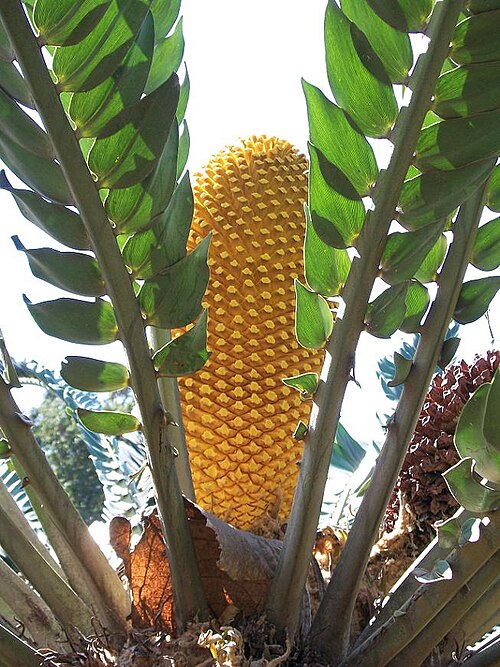
Cone and lower part of the leaves of a medium sized Wood’s Cycad at the Durban Botanic Gardens, South Africa – Creative Commons | Author: Purves, M. – Source: https://commons.wikimedia.org/wiki/File:Encephalartos_woodii_young_stem_cone_lower_leaflets_12_09_2010.JPG
The Tragic Twist: A Bachelor for Life
The catch with cycads is that they’re dioecious, meaning there are separate male and female plants. The wild specimen discovered by Wood was male. Despite years of searching, no female Wood’s Cycad has ever been found in the wild or in cultivation.
Which means: Wood’s Cycad can’t reproduce sexually. At all.
All the plants that exist today in botanical gardens and conservatories across the world are clones of that original male plant, propagated by removing and replanting basal suckers, essentially cuttings from the same individual. It’s like nature’s version of photocopying.
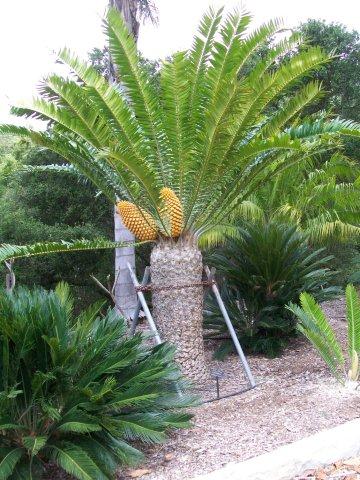
Encephalartos woodii x Encephalartos natalensis; female with cones in Southern California. – Creative Commons | Author: Maurice Levin – Source: https://commons.wikimedia.org/wiki/File:Encephalartos_natalensis_x_woodii_Female.jpg
Why Should We Care?
It might be easy to think: so what? It’s just one plant, right?
But the story of Wood’s Cycad is symbolic. It reminds us how quickly species can disappear, often without us even realizing they were in danger. This plant survived millions of years, outlasting dinosaurs and ice ages, only to be driven to functional extinction by habitat loss and human interference in just a few generations.
And yet, Wood’s Cycad also represents hope—thanks to the efforts of conservationists who’ve kept it alive in gardens around the world. Some scientists are even exploring the possibility of creating a compatible female through genetic engineering, which could one day allow the species to reproduce again.
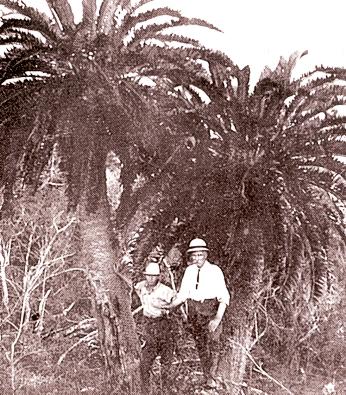
Two of the remaining stems of Encephalartos woodii at Ongoye Forest. The smaller one on the right is presumably the one which was collected in 1916 to be moved to Pretoria as James Wylie said when returning from the 1907 expidition that the larger of the two stems that were left behind was badly mutilated and he did not expect it to survive (see damaged stem on the left of the picture). – Source: https://commons.wikimedia.org/wiki/File:Ongoye_colonial.jpg
Where Can You See One?
If you ever get the chance, Wood’s Cycad is on display at several prestigious botanical institutions, including:
Kirstenbosch National Botanical Garden in Cape Town, South Africa
Royal Botanic Gardens, Kew in London
Fairchild Tropical Botanic Garden in Florida, USA
Standing in front of one, it’s hard not to feel a sense of awe and a little melancholy. You’re looking at a relic of Earth’s deep history, an entire species with no partner left in the wild.
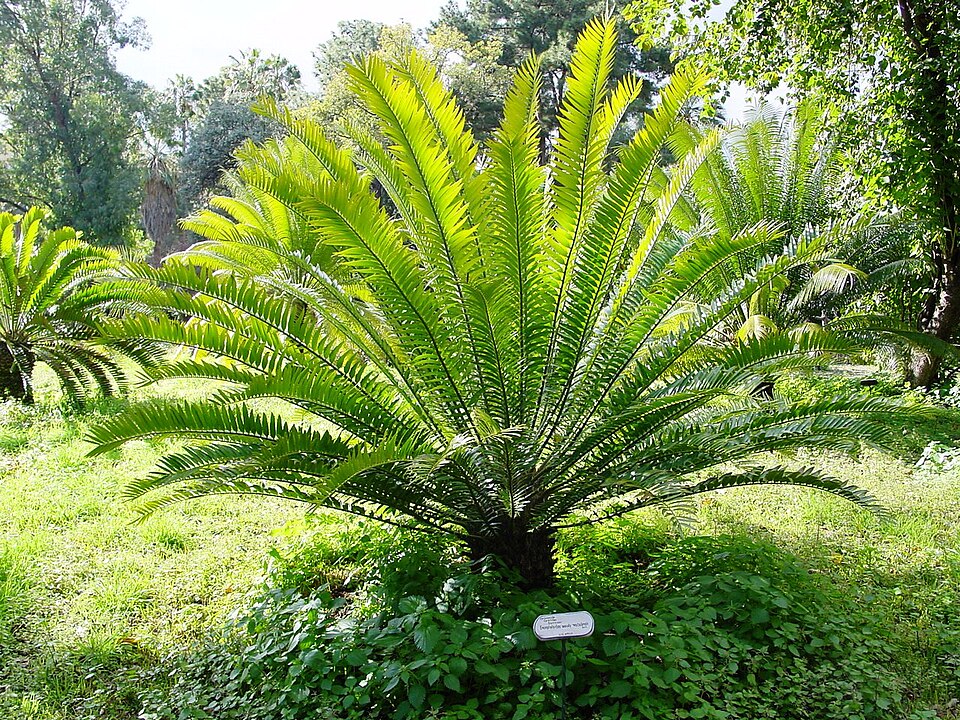
Encephalartos natalensis x E. woodii hybrid at Orto botanico di Palermo – photo by tato grasso – Source: https://commons.wikimedia.org/wiki/File:Encephalartos_woodii_x_natalensis01.jpg
Wake-up Call for the Future
Wood’s Cycad is more than just a plant. It’s a silent witness to the past and a wake-up call for the future. In a world where extinction is accelerating, this lonely bachelor in the forest reminds us just how delicate the thread of life really is.
Let’s not let the next Wood’s Cycad slip through the cracks.
References:
https://en.wikipedia.org/wiki/Encephalartos_woodii










